S&P 500 notches its best week since November 2023: Markets wrap
Published in Business News
Wall Street’s gyrations shook markets anew, with stocks wiping out losses to extend their best weekly gain since 2023. The rebound came as a selloff in Treasuries and the dollar abated, following a few chaotic days that underscored fears foreign investors are beating a retreat from American assets.
Volatility shows little signs of easing as concerns that President Donald Trump’s fast-evolving trade policy is not only shaking the global economy, but threatening the U.S. status as the world’s safe haven. The S&P 500 jumped about 2% on a report that a Federal Reserve official said the central bank is ready to help stabilize markets, if needed. U.S. 30-year yields dropped, while still remaining up by 45 basis points since last Friday.
“Markets remain emotionally charged,” said Mark Hackett at Nationwide. “Markets are still searching for footing amid unresolved trade tensions, earnings uncertainty, and macroeconomic headwinds. While this week’s gains are encouraging, they shouldn’t be mistaken for a clear turning point.”
Not since the pandemic has there been this little clarity on the outlook for economies, markets and businesses, with China unleashing retaliatory measures and Trump pausing some levies only hours after they took effect.
Variations of “uncertainty,” “unknowns” and “turbulence” arose again and again as three of the biggest U.S. banks kicked off the industry’s earnings reports on Friday. JPMorgan Chase & Co. Chief Executive Officer Jamie Dimon said he expects “a kerfuffle” in Treasuries that prompts a Fed intervention.
If conditions become disorderly, the central bank “would absolutely be prepared” to help stabilize financial markets, Boston Fed President Susan Collins told the Financial Times. For now, she noted markets are continuing to function well, with no liquidity concerns overall.
“Fed put in play. That should ease some anxiety for now,” said James St. Aubin, chief investment officer at Ocean Park. Still, “the volatility itself is not a healthy sign. The sharp intraday rallies may seem comforting on the surface, but the whipsaws are a manifestation of overarching uncertainty.”
The S&P 500’s more than 10% intra intraweek trading range rivals the sharp price swings of the depths of the pandemic.
“Roller coaster is not a technical term, but it is probably the best adjective to describe price action across equity markets this week,” said Adam Turnquist at LPL Financial. “While there has been some recent technical progress, we recognize uncertainty and risks remain high, but argue it comes with the territory of any major market low.”
Signs of a capitulation were evident over the last week as momentum and breadth indicators reached levels commensurate with other major turning points in equity markets, he noted. But this doesn’t imply stocks will immediately shoot higher or that the period of high volatility is over, Turnquist said.
“Sentiment is the main market driver as there is little visibility,” said Crit Thomas, global market strategist at Touchstone Investments. “The tariff pause raised hopes for a path to negotiated resolutions and that the administration is paying attention to the markets. Now we wait to see what some of these trade deals look like.”
Despite President Trump’s pause on broad tariffs, investors are still looking to shun U.S. assets in favor of Europe and other developed markets, according to the latest MLIV Pulse survey.
Of the 203 respondents to a poll conducted April 9-11, after Trump announced a 90-day reprieve on levies for most countries, 81% plan to either keep their exposure to U.S. assets the same or decrease it.
More than a quarter of respondents said they’re curbing their investment more than they had anticipated before the president unveiled global tariffs of as much as 50% earlier this month.
Investors should sell any stock rallies until the U.S. and China de-escalate the trade war and the Fed steps in, said Bank of America’s Michael Hartnett.
The strategist said Trump’s tariffs and the resulting market turmoil were turning U.S. exceptionalism into “U.S. repudiation.” He recommends a short position on stocks — until the S&P 500 hits 4,800 points — and a long bet on two-year Treasuries. The gauge closed at 5,363.36 on Friday.
“There’s a decent chance the bottom is in,” said Jeffrey Buchbinder at LPL Financial. “There’s plenty of evidence of a washout. But following the sharp rally off the lows, the risk-reward trade-off doesn’t look all that compelling, especially with the intensifying trade war with China.”
In the corporate world, big banks reported mixed results.
JPMorgan’s stock traders took in a record haul in the first quarter, but CEO Dimon struck a cautious tone about prospects for the U.S. economy. Wells Fargo & Co. missed estimates for net interest income, with soft loan demand hurting the bank’s largest revenue stream. Morgan Stanley’s stock-traders delivered first-quarter revenue that exceeded analyst predictions.
Aside from the banks, investors will be eager for details on the U.S. economy from executives whose firms cater to large swaths of American consumers and businesses.
To Ajay Rajadhyaksha of Barclays Plc, until Treasuries stabilize and start to behave normally, risk assets will struggle.
While the rout in bonds eased somewhat on Friday, longer-dated yields saw one their biggest weekly jumps in years.
The rout, which was set off by the U.S. trade war that’s shaken global markets, is threatening to deal another hit to the economy by pushing up borrowing costs more broadly. It also cast doubt on Treasuries’ status as the world’s safe haven as they slid along with the stock market this week, sending investors into other assets like the Swiss franc, gold and the Japanese yen.
Several Wall Street economists maintained their forecasts for a sharp slowdown in U.S. economic growth and warned recession risk is still elevated despite the Trump administration’s decision this week to delay major tariffs on a wide range of trading partners.
The lingering pessimism among economists contrasts somewhat with the signal from the stock market, which has rallied since Trump announced Wednesday that he was implementing a 90-day pause on previously announced “reciprocal” tariffs for countries other than China and raising the duty on Chinese imports to a whopping 145%.
In fact, Friday brought a fresh signal that consumers were queasy even before Wednesday’s policy shift, with a plunge in sentiment as inflation expectations soared to multi-decades highs.
Some of the main moves in markets:
Stocks
—The S&P 500 rose 1.8% as of 4 p.m. New York time
—The Nasdaq 100 rose 1.9%
—The Dow Jones Industrial Average rose 1.6%
—The MSCI World Index rose 1.5%
Currencies
—The Bloomberg Dollar Spot Index fell 1%
—The euro rose 1.2% to $1.1340
—The British pound rose 0.8% to $1.3075
—The Japanese yen rose 0.6% to 143.60 per dollar
Cryptocurrencies
—Bitcoin rose 4.9% to $83,782.45
—Ether rose 2.2% to $1,563.86
Bonds
—The yield on 10-year Treasuries advanced five basis points to 4.47%
—Germany’s 10-year yield declined one basis point to 2.57%
—Britain’s 10-year yield advanced 11 basis points to 4.75%
Commodities
—West Texas Intermediate crude rose 2.4% to $61.50 a barrel
—Spot gold rose 1.7% to $3,231.73 an ounce
(With assistance from Robert Brand, Julien Ponthus and Anand Krishnamoorthy.)
©2025 Bloomberg L.P. Visit bloomberg.com. Distributed by Tribune Content Agency, LLC.
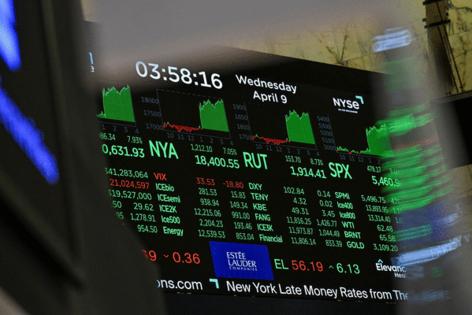




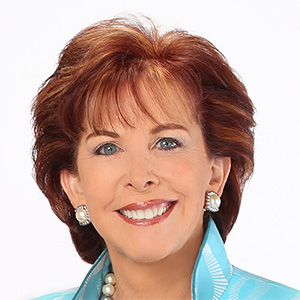

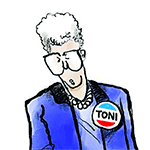
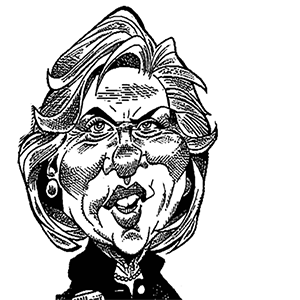
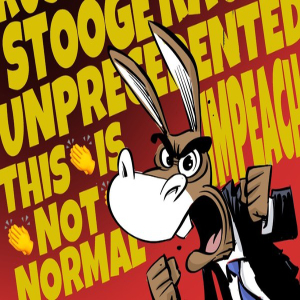
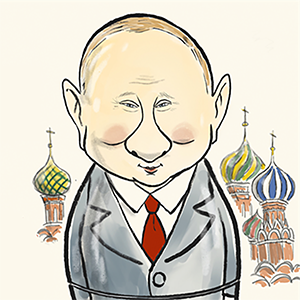
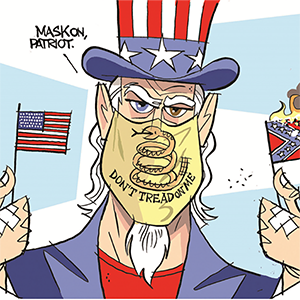
Comments